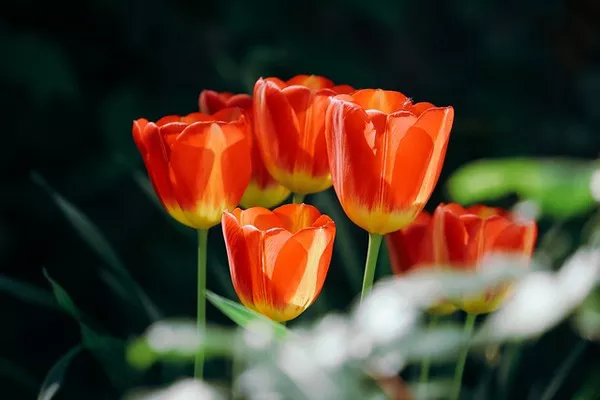Flowers, with their vibrant colors and delicate petals, bring joy and beauty to any environment. Whether adorning a dining table, brightening up a living space, or given as a heartfelt gift, maintaining the freshness of flowers is essential to prolonging their beauty and enjoyment. However, achieving this requires more than simply placing them in a vase with water. With the right techniques and tools, anyone can extend the lifespan of their flowers and keep them looking fresh for longer. In this comprehensive guide, we delve into the various methods and products available to preserve the vitality of your blooms.
Understanding the Physiology of Flowers
Before delving into preservation methods, it’s crucial to understand the basic physiology of flowers. Flowers are living organisms that continue to respire even after being cut from their stems. Respiration, the process by which plants take in oxygen and release carbon dioxide, continues to occur post-harvest, leading to the eventual wilting of the flowers. Additionally, bacteria present in water can clog the stems, impeding water uptake and hastening decay.
Essential Tools and Materials
To effectively preserve flowers, certain tools and materials are indispensable. These include:
1. Clean Water: The primary requirement for maintaining flower freshness is clean water. Avoid using tap water, which may contain additives such as chlorine or fluoride that can be harmful to flowers. Instead, opt for distilled water or prepare tap water by letting it sit overnight to allow any chemicals to dissipate.
2. Vase: Choose a clean vase that is large enough to accommodate the stems without crowding. The vase should be made of glass or ceramic to prevent bacterial growth and provide stability for the arrangement.
3. Flower Food: Commercial flower preservatives, often referred to as flower food, contain ingredients such as sugar to provide nourishment, citric acid to lower the pH and inhibit bacterial growth, and bleach to prevent the growth of algae. Adding flower food to the water can significantly extend the life of cut flowers.
4. Pruning Shears: Sharp, clean pruning shears are essential for cutting flowers at an angle, which increases the surface area for water absorption and prevents stem crushing, allowing for better water uptake.
5. Misting Bottle: A misting bottle filled with clean water can be used to lightly spray the petals of delicate flowers, providing them with additional hydration and maintaining their freshness.
Best Practices for Flower Preservation
Now that we have the necessary tools and materials, let’s explore the best practices for preserving flowers:
1. Prepare the Vase: Before arranging the flowers, clean the vase thoroughly with hot, soapy water to remove any bacteria or residue. Rinse the vase with a mixture of equal parts water and vinegar to disinfect it further. Ensure that no soap or vinegar residue remains before filling the vase with water.
2. Trim the Stems: Using sharp pruning shears, trim the stems of the flowers at a 45-degree angle under running water. This angle provides a larger surface area for water absorption and prevents the stems from sitting flat on the bottom of the vase, which can impede water uptake.
3. Remove Foliage: Remove any foliage that will be submerged in water to prevent bacterial growth. Leaves left below the waterline can decay and contaminate the water, shortening the lifespan of the flowers.
4. Add Flower Food: Dissolve the appropriate amount of flower food in the vase water according to the package instructions. Flower food provides essential nutrients and helps inhibit bacterial growth, keeping the water clean and the flowers nourished.
5. Change the Water Regularly: To prevent the buildup of bacteria and algae, change the vase water every two to three days, or whenever it appears cloudy or discolored. Before refilling the vase, clean it thoroughly and add fresh flower food to the water.
6. Place in a Suitable Environment: Position the vase of flowers away from direct sunlight, heat sources, and drafts, as these can accelerate dehydration and wilting. A cool, well-ventilated area is ideal for maintaining flower freshness.
7. Mist Delicate Flowers: For delicate flowers such as roses or lilies, lightly mist the petals with clean water using a misting bottle. This provides additional hydration and helps keep the flowers looking fresh.
8. Prune as Needed: Remove any wilting or dead flowers from the arrangement as soon as they are noticed. This prevents the release of ethylene gas, which can accelerate the aging process of surrounding flowers.
Conclusion
By following these best practices and utilizing the recommended tools and materials, anyone can prolong the freshness and beauty of their flowers. Whether enjoying a bouquet at home or preparing floral arrangements for an event, proper flower preservation techniques ensure that blooms remain vibrant and delightful for as long as possible.


